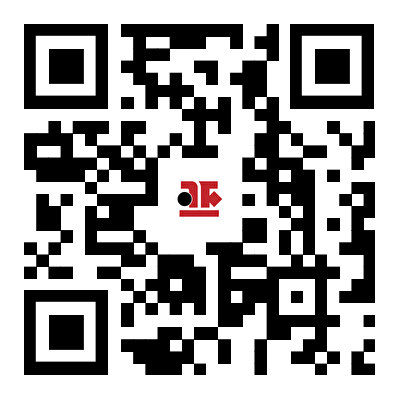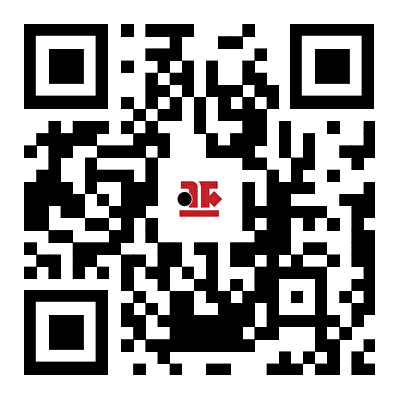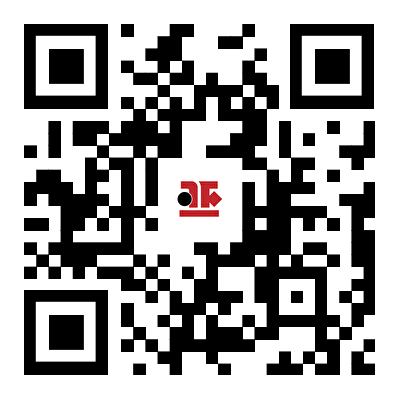AsianFin -- U.S. President Donald Trump on Thursday signed an executive order to modify reciprocal tariffs on dozens of countries, with the tariff rates ranging from 10% to 41%.

Credit:Xinhua News Agency
Most of the updated duties the countries are subject to were brought down compared with the original ones Trump announced on April 2, a date the president proclaimed “Liberation Day”.. while Trump in a social media post on Wednesday stressed the August 1 deadline for tariffs “stands strong” and will not be extended, his tariff modifications would come into effect on 7 days after the date of the executive order, namely, August 7.
A White House official told CNBC-TV 18 in a statement that the latest effective date “should not be read as an extension, but to give [the U.S.] Customs and Boarder Protection ample time to implement these [tariffs].”
Through the modification, Trump maintained a baseline minimum rate of 10% across all trading partners, according to the order released by the White House on Thursday. Syria has the highest rate at 41%. Laos and Myanmar were hit with 40% tariffs. Switzerland is another loser as Trump lifted the 31% reciprocal tariff rate from 31% to 39%. Falkland Islands became a trading partner with the lowest tariff rate of 10% among the announced list. The country in the South Atlantic Ocean originally faced a 41% tariff.
15% emerged as a most popular tariff rate since the Trump administration set a 15% tariff rate for the European Union and 27 countries including Angola, Botswana, Cameroon, Chad, Côte d`Ivoire, Democratic Republic of the Congo, Equatorial Guinea, Fiji, Guyana, Israel, Japan, Jordan, Lesotho, Liechtenstein, Madagascar, Malawi, Mauritius, Mozambique, Namibia, Nauru, Nigeria, North Macedonia, South Korea, Uganda, Vanuatu, Zambia, Zimbabwe.
More than a dozen countries would pay tariffs higher than 15%. Those countries have among the highest trade deficits with the U.S., CNN cited an official. Six countries including Cambodia, Indonesia, Malaysia, Pakistan, Philippines and Thailand will face a 19% tariff. Bangladesh, Sri Lanka, Taiwan and Vietnam will see a 20% U.S. tariff from August. U.S. imports from Brunei, India, Kazakhstan, Moldova and Tunisia are subject to a 25% tariff. Bosnia and Herzegovina and Libya are facing a 30% tariff, and the tariffs rate for Iraq and Serbia is 35%.
The order also establishes a 40% additional penalty on transshipment to evade applicable duties. That duty would apply to any imports found to be shipped from a high-tariff country to a low tariff country and then re-shipped to the U.S. The 40% duties will come on top of existing penalties and fines for goods that Customs and Border Protection agents deem to be transshipped, CNN learned from a senior U.S. official.
Australia, a country that was not mentioned in Trump’s order, seemed dodging any tariff increase since the order sated any countries not on the new list would remain a 10% tariff.The White House The Australian embassy in Washington DC was confirmed that the 10% tariff rate would remain in place, according to the Guardian. “The White House has confirmed that no country has reciprocal tariffs lower than Australia,” a spokesperson for Australia’s minister for trade, Don Farrell, said.
Trump in an interview with NBC News that it was “too late” for other countries to avoid tariffs set to kick in next week, but his door will always be open to compelling offers. "It doesn’t mean that somebody doesn’t come along in four weeks and say we can make some kind of a deal," said the president.







